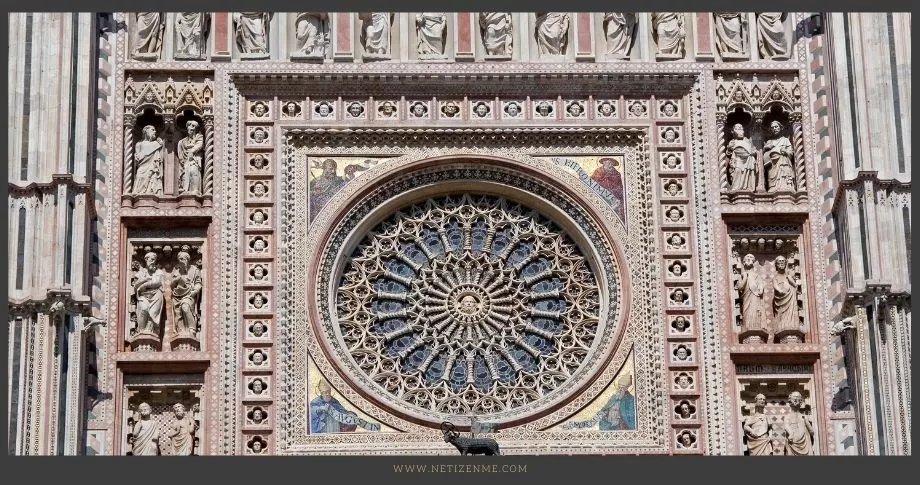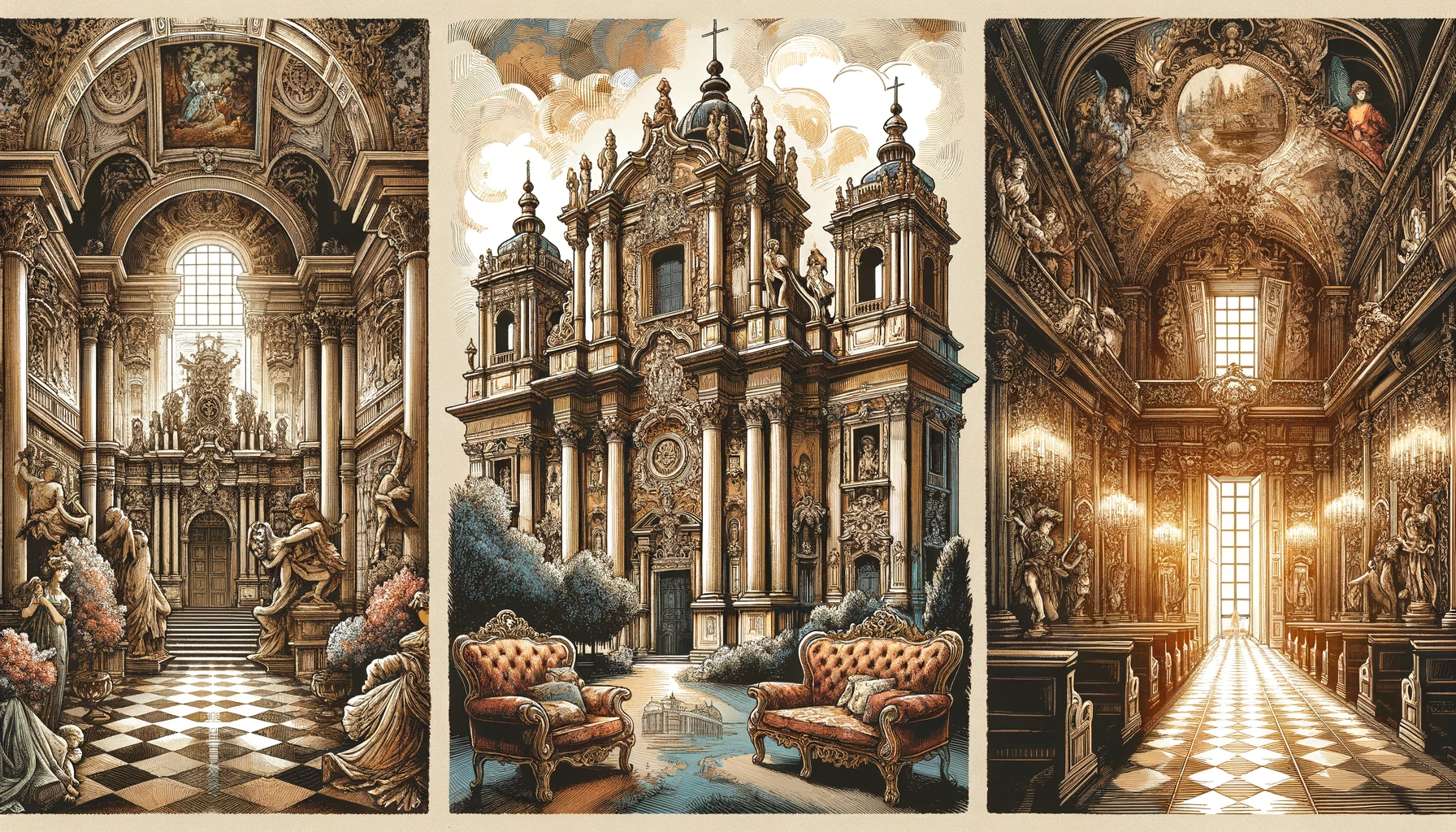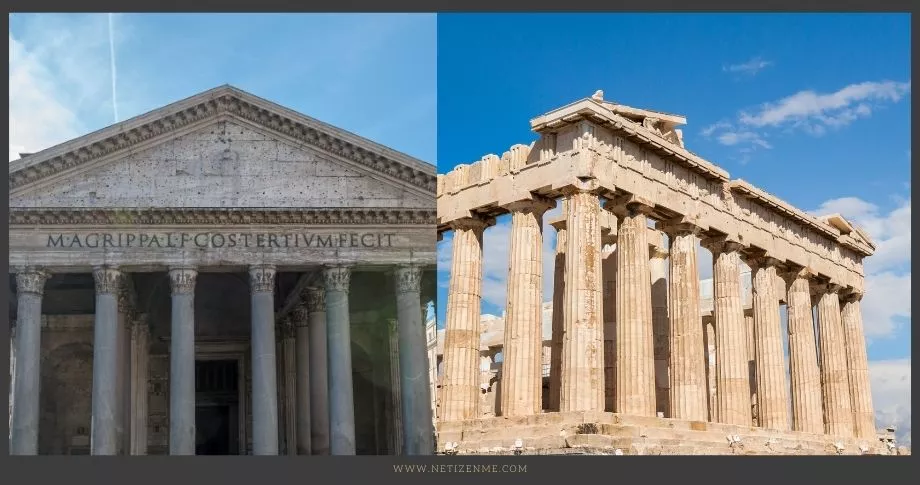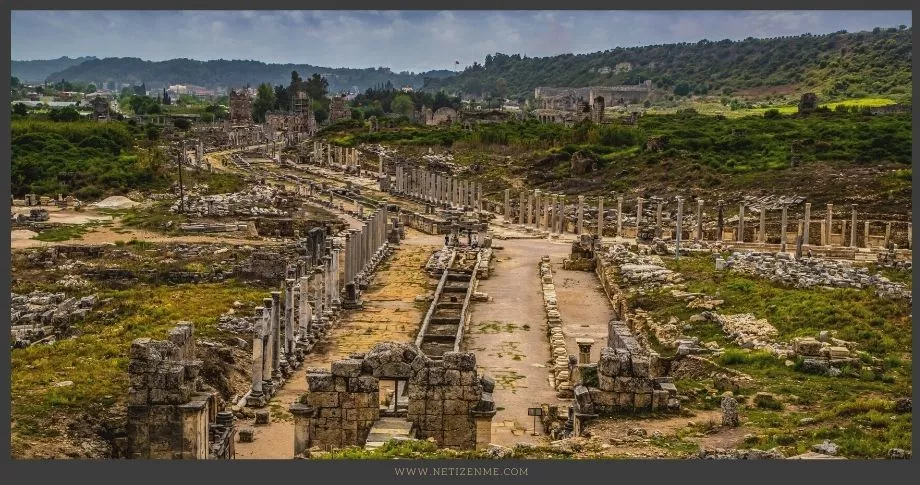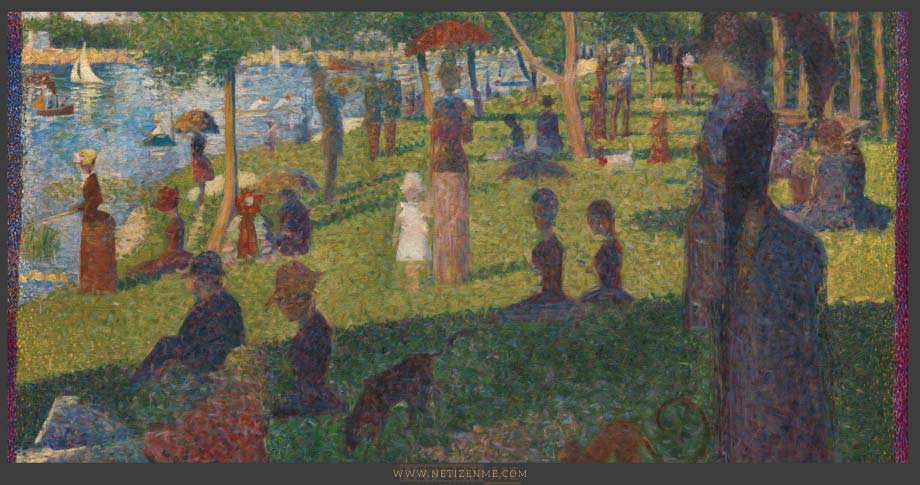The Renaissance era was marked by a profound fascination with antiquity. Scholars actively sought ancient knowledge, embodying a rekindled curiosity that fueled intellectual pursuits. Transitioning from medieval constraints, Renaissance thinkers engaged actively in the rediscovery of classical texts, examining and absorbing Greco-Roman philosophies. Their fascination with antiquity during the Renaissance extended beyond literature to art, as painters and sculptors embraced classical styles and themes.
Architectural designs actively drew inspiration from ancient structures, embedding classical aesthetics in Renaissance buildings. The active incorporation of antiquity’s ideals into various facets of Renaissance culture left an indelible mark. Hence, shaping a period characterized by a proactive engagement with the intellectual and artistic treasures of the past.
The treasures of Greco-Roman civilization
During the Renaissance, a dynamic and active fascination with antiquity emerged, profoundly shaping the intellectual and cultural landscape. The revival of classical knowledge was not a passive endeavor. Rather, it involved active efforts by scholars to unearth and comprehend the treasures of Greco-Roman civilization. This period witnessed a transition from medieval traditions, with Renaissance thinkers actively seeking ancient manuscripts and texts. The revival of classical languages, such as Greek and Latin, was a deliberate and purposeful endeavor. it was driven by an eagerness to engage directly with the wisdom of antiquity.
Pioneering figures like Petrarch actively sought and collected classical texts, making significant journeys to monastic libraries and scriptoria in search of overlooked works by classical authors.
Humanism
Humanism, a central intellectual movement, reflected an active embrace of individual agency and a keen interest in the human experience. Scholars actively examined and absorbed Greco-Roman philosophies, incorporating them into their own intellectual frameworks. The pursuit of antiquity went beyond scholarly endeavors; collectors actively sought and preserved ancient manuscripts, playing a crucial role in safeguarding classical knowledge for future generations.
Humanist scholars like Erasmus and Vittorino da Feltre actively reformed education by incorporating classical texts into curricula. They emphasized an active engagement with classical languages, encouraging students to read and understand the works of ancient philosophers, historians, and poets.
The revival of classical aesthetics
Artists during the Renaissance were not passive admirers of antiquity; they actively embraced classical styles and themes in their works. The revival of classical aesthetics in painting and sculpture marked a deliberate departure from medieval artistic conventions. Artists like Leonardo da Vinci and Michelangelo actively studied classical sculptures and incorporated anatomical insights from ancient statuary into their own works. Botticelli’s “The Birth of Venus” is a deliberate homage to classical mythology, showcasing an active engagement with ancient themes.
Architectural designs of the period also actively drew inspiration from ancient structures. With a conscious effort to incorporate classical elements into the construction of Renaissance buildings. Architects like Filippo Brunelleschi actively studied ancient Roman and Greek structures. The construction of the Florence Cathedral’s dome, inspired by the Pantheon, exemplifies a deliberate attempt to revive and adapt classical architectural principles.
Translation Movements
The Renaissance saw an active translation of classical texts into vernacular languages. This effort, led by scholars such as Marsilio Ficino, aimed to make the wisdom of antiquity accessible to a broader audience, fostering a more widespread engagement with classical ideas.
Print Culture
The invention of the printing press facilitated the active dissemination of classical texts. Aldus Manutius, a Venetian printer, actively produced and circulated editions of Greek and Latin classics, making them more widely available and contributing to the democratization of classical knowledge.
Numismatic Collecting
Collectors actively sought ancient coins, considering them tangible relics of antiquity. The Medici family, for example, avidly collected ancient coins, viewing them as connections to the grandeur of the classical past.
This active engagement with antiquity was not a niche interest but a pervasive force that penetrated various aspects of Renaissance culture. The period’s fascination with the past was not merely about nostalgia. It was a proactive effort to understand, reinterpret, and integrate classical ideals into the evolving intellectual and artistic currents of the time. The fascination with antiquity during the Renaissance, therefore, stands as a testament to the transformative power of actively rediscovering and embracing the intellectual and artistic achievements of antiquity.
Sources for further reading
- “The Swerve: How the World Became Modern” by Stephen Greenblatt (Pulitzer Prize-winner)
- “The Birth of the West: Rome, Germany, France, and the Creation of Europe in the Tenth Century” by Paul Collins
- “The Civilization of the Renaissance in Italy” by Jacob Burckhardt
- “The Renaissance: A Short History” by Paul Johnson
- “The Classical Tradition” edited by Anthony Grafton, Glenn W. Most, and Salvatore Settis:
- “The Civilization of Europe in the Renaissance” by John Hale
- “The Art of the Renaissance” by Peter Murray
- “Renaissance Art: A Very Short Introduction” by Geraldine A. Johnson
This article is written by:
Our professional writers and editors are passionate about sharing high-quality information and insights with our audience. We conduct diligent research, maintain fact-checking protocols, and prioritize accuracy and integrity to the best of our capacity.
You can cite our articles under the author name "Netizenme"
